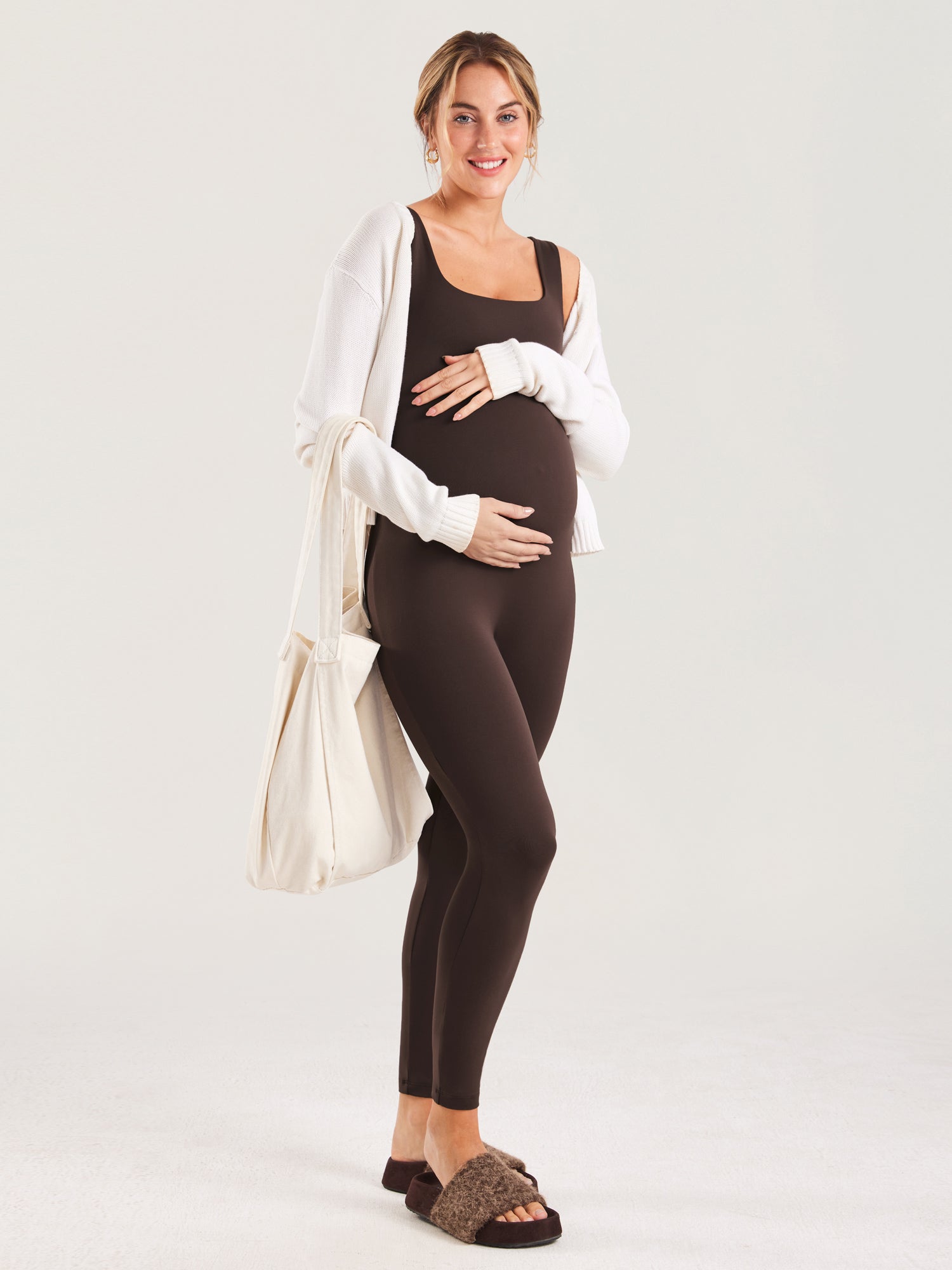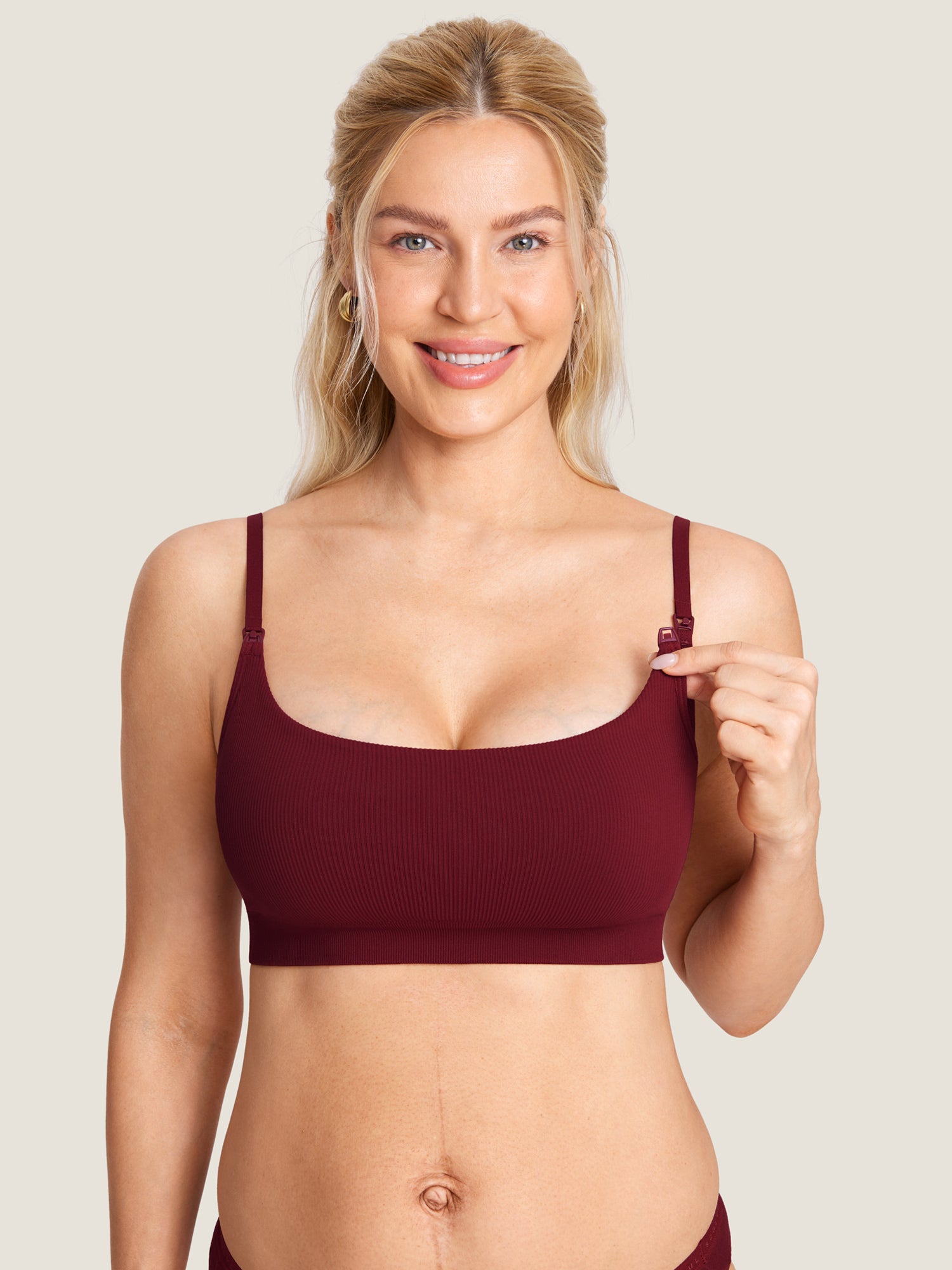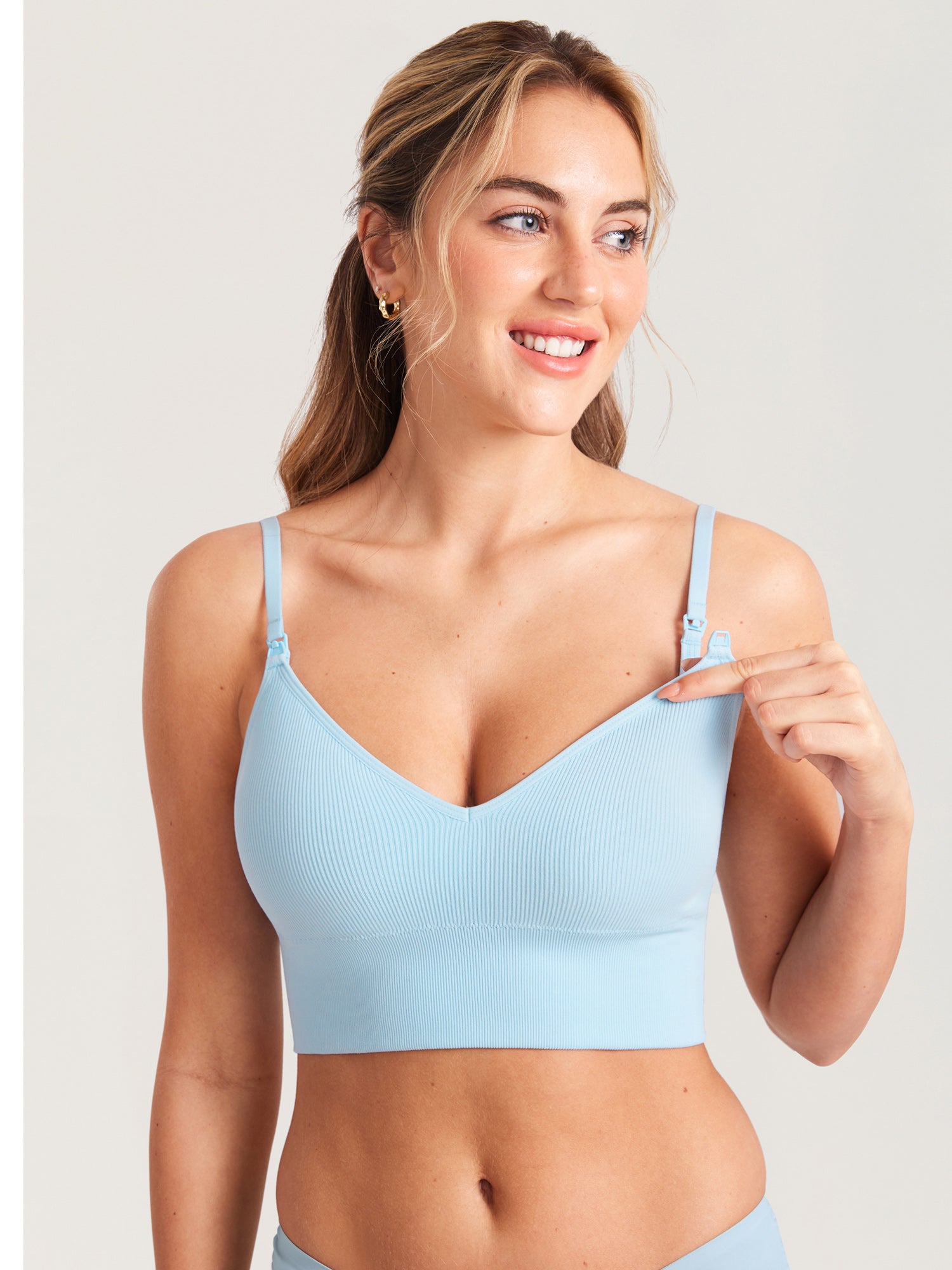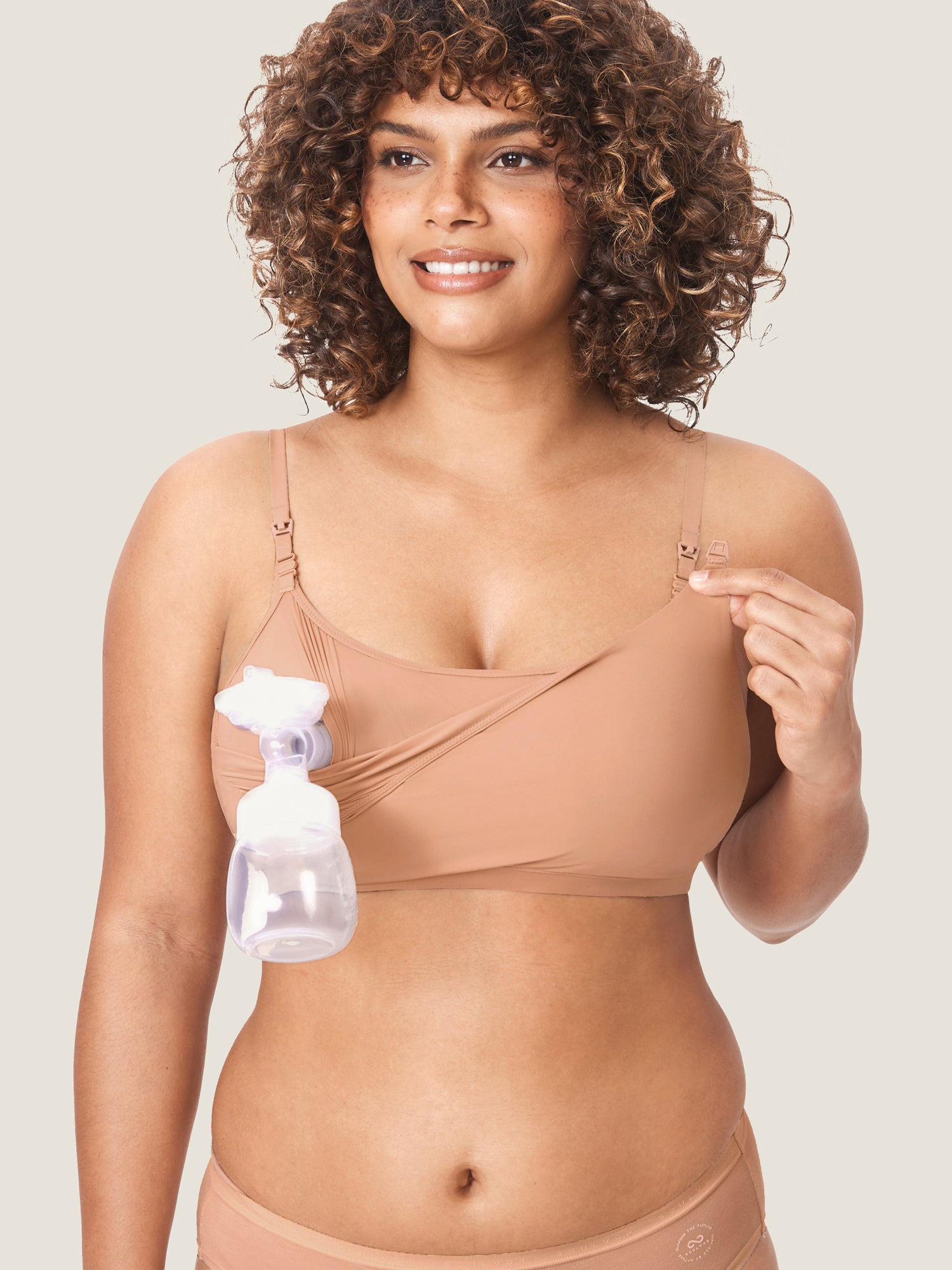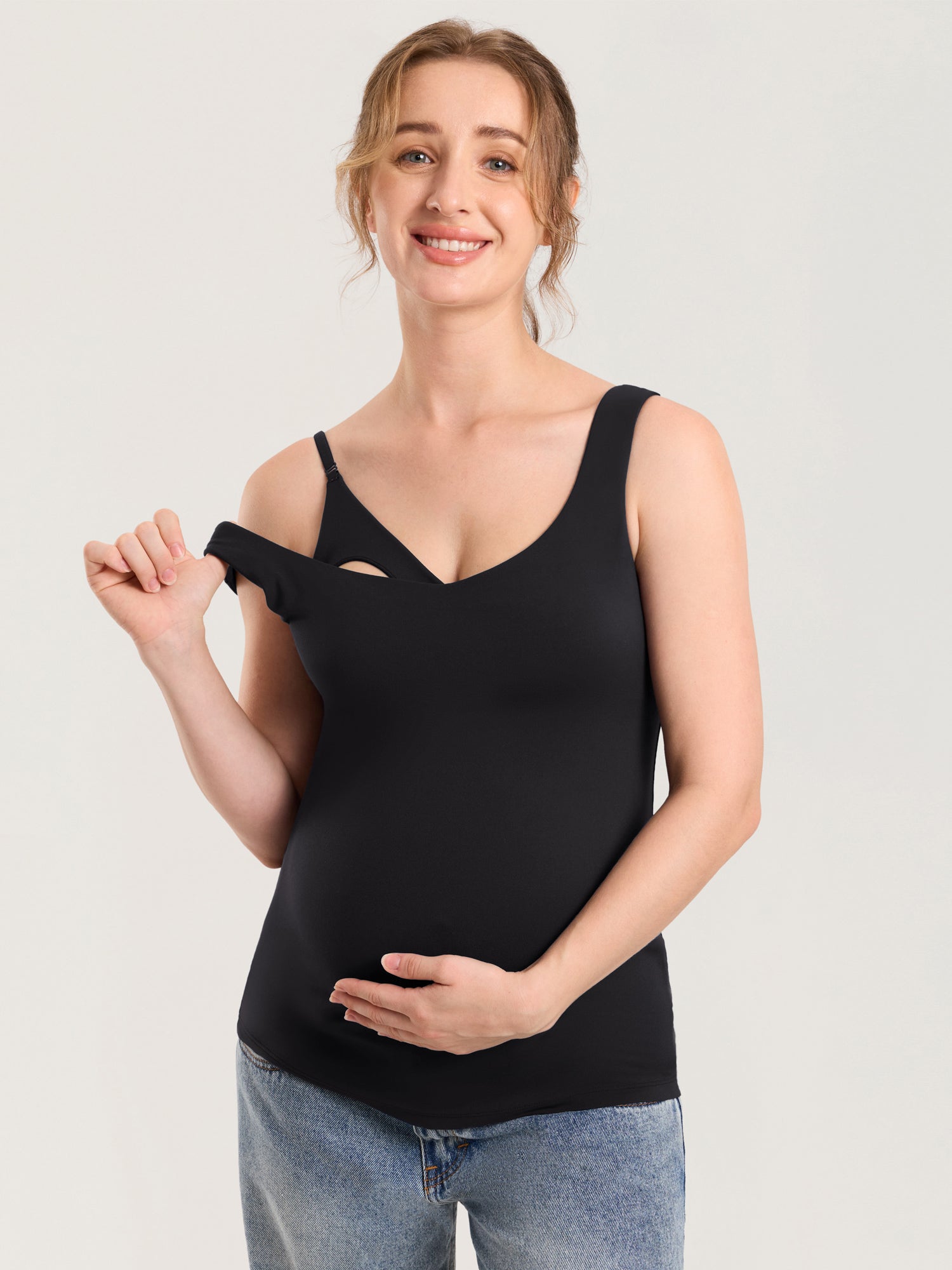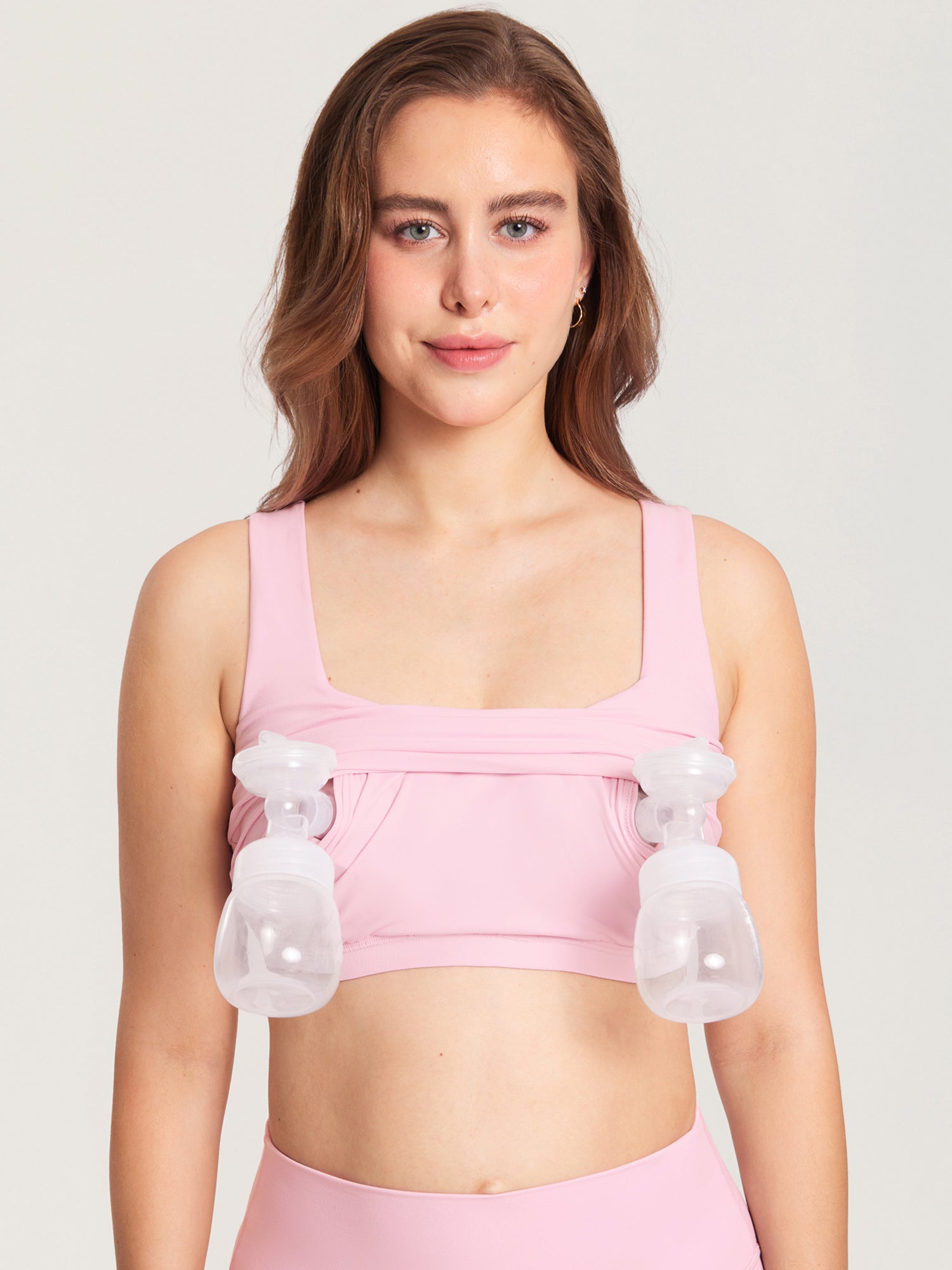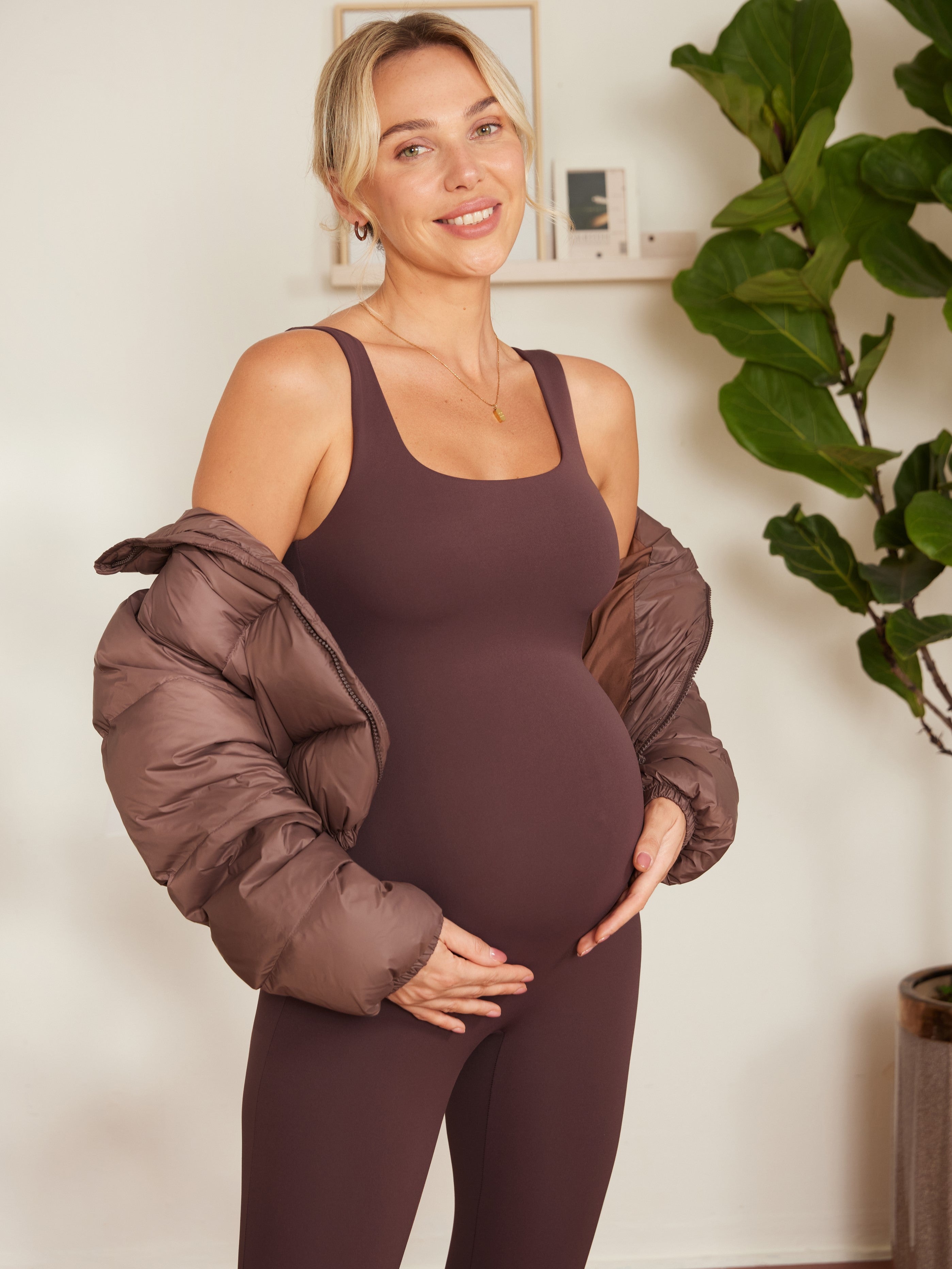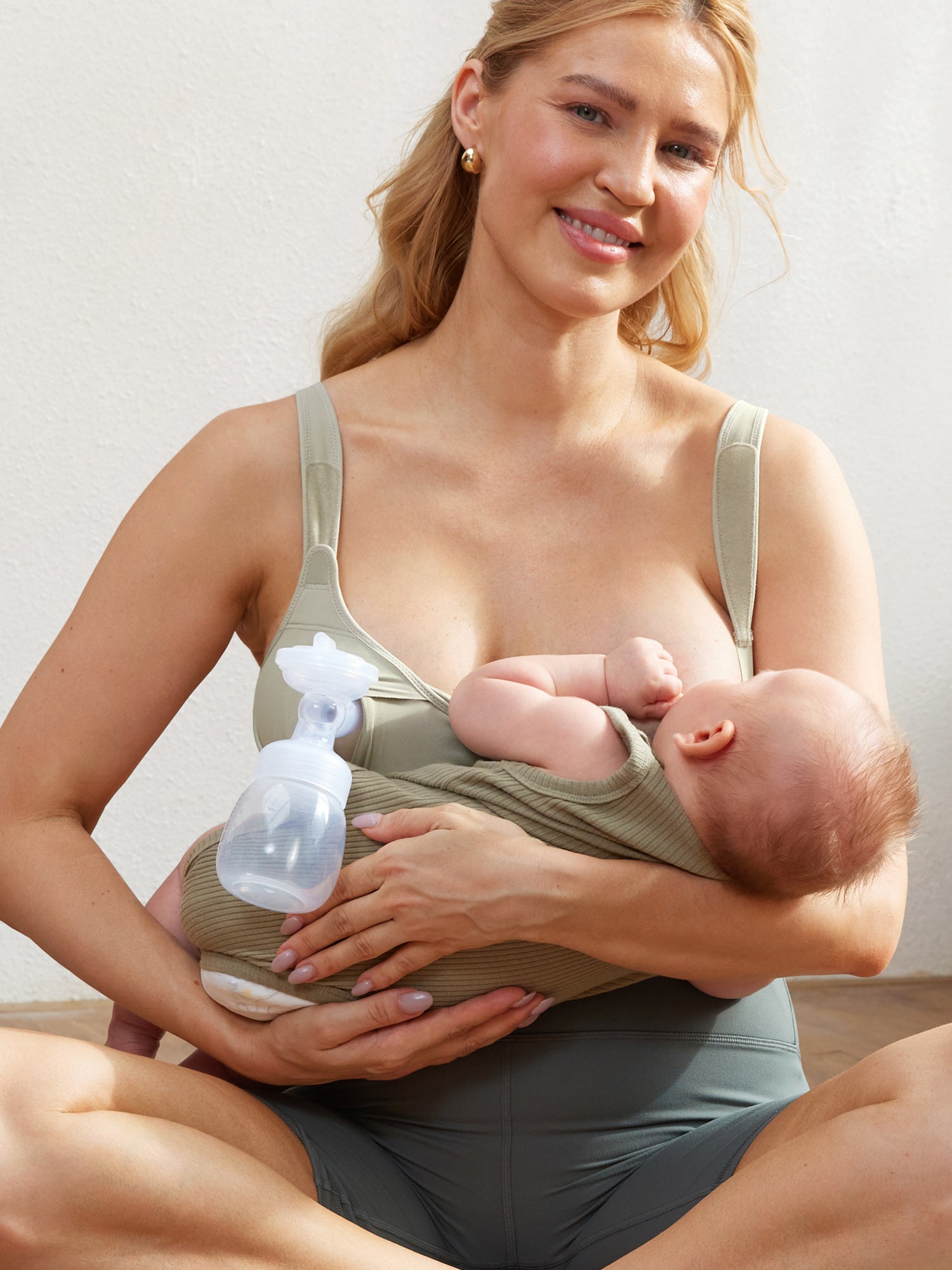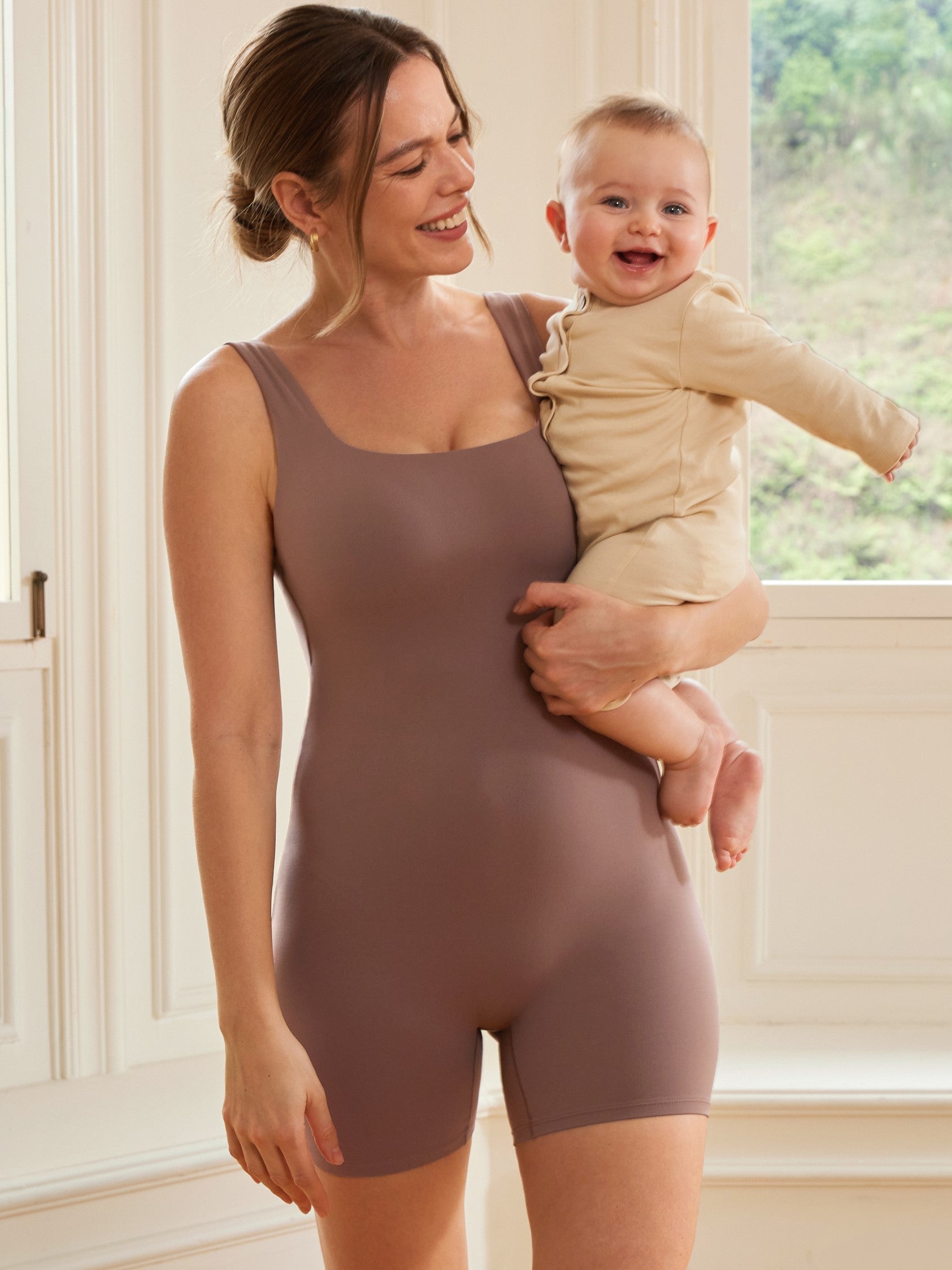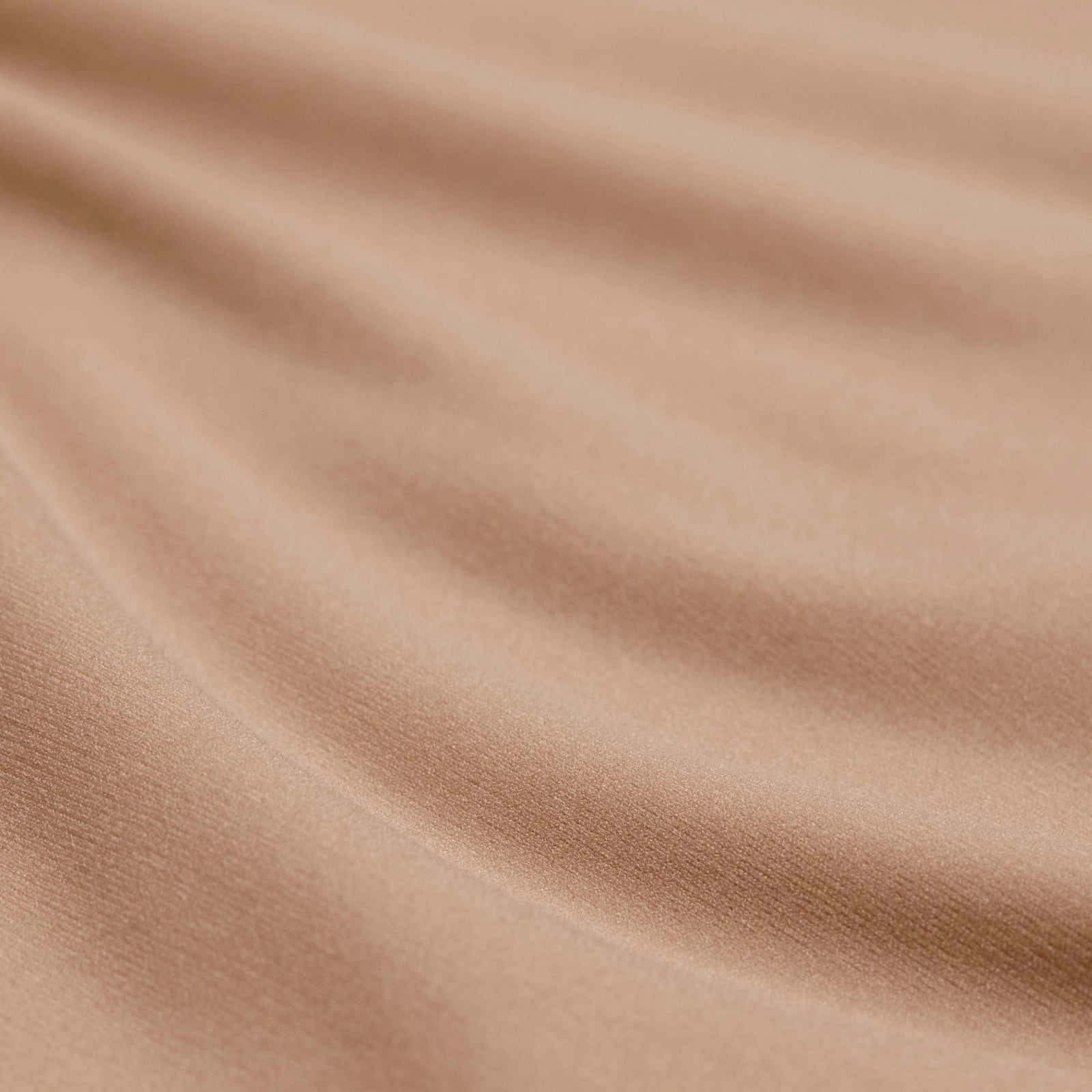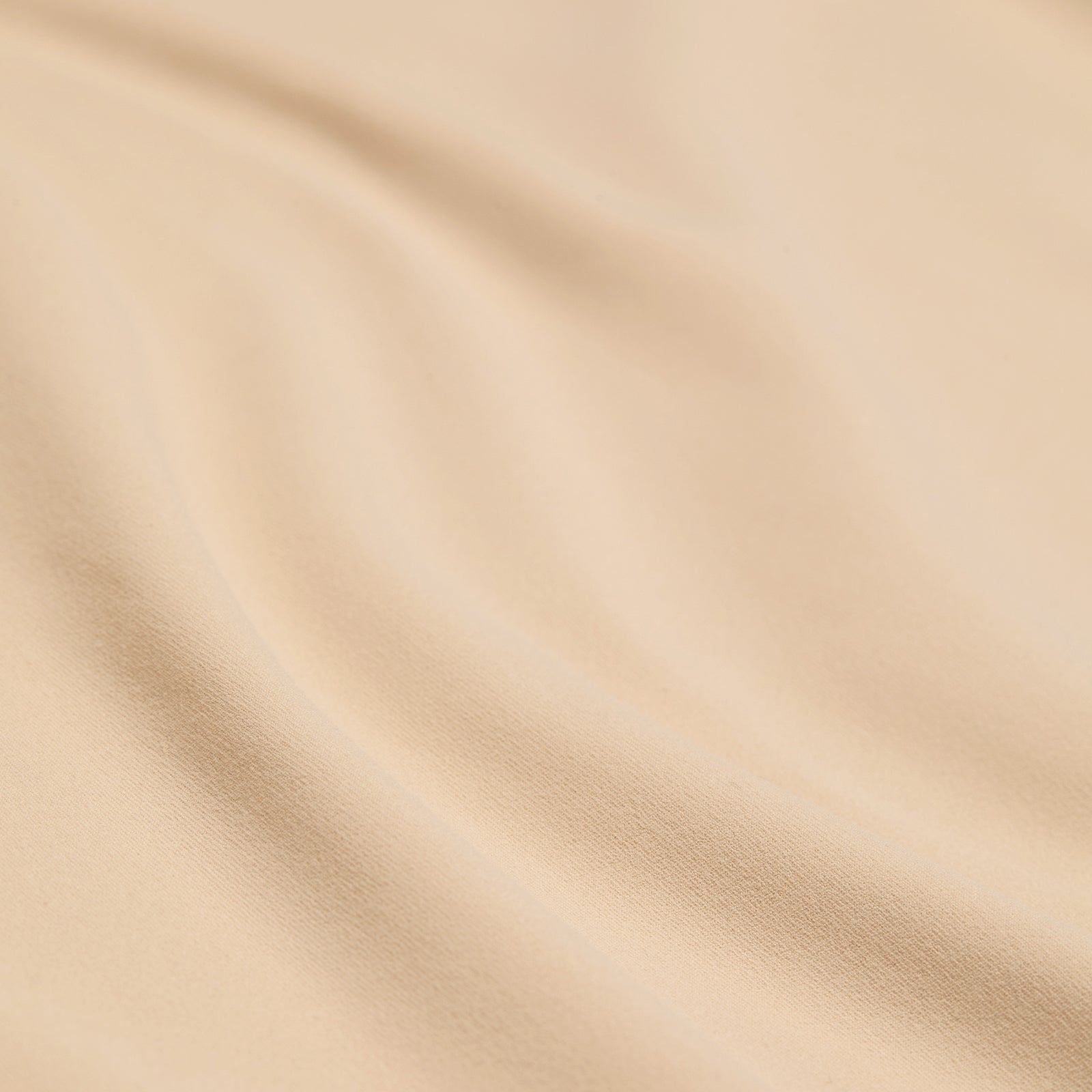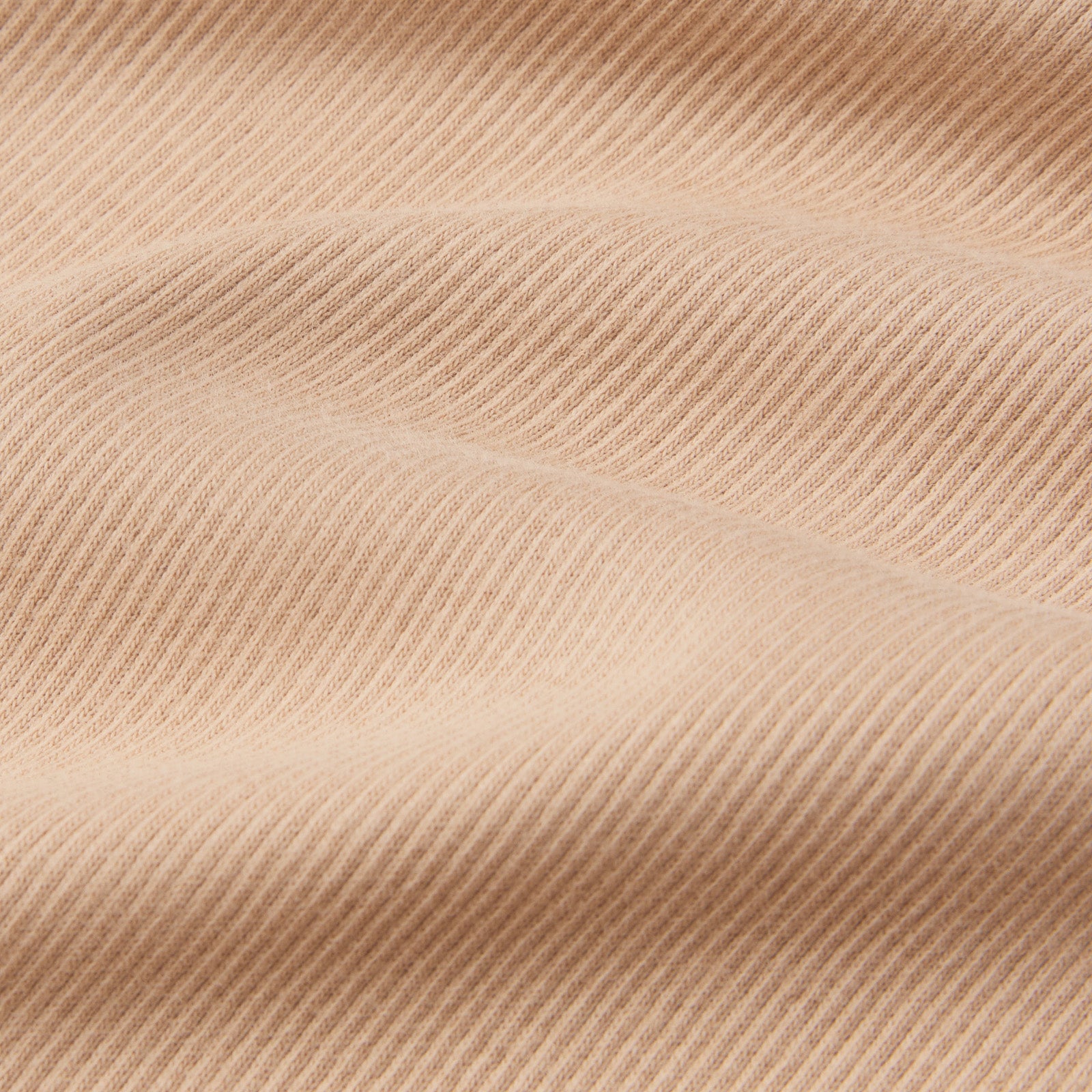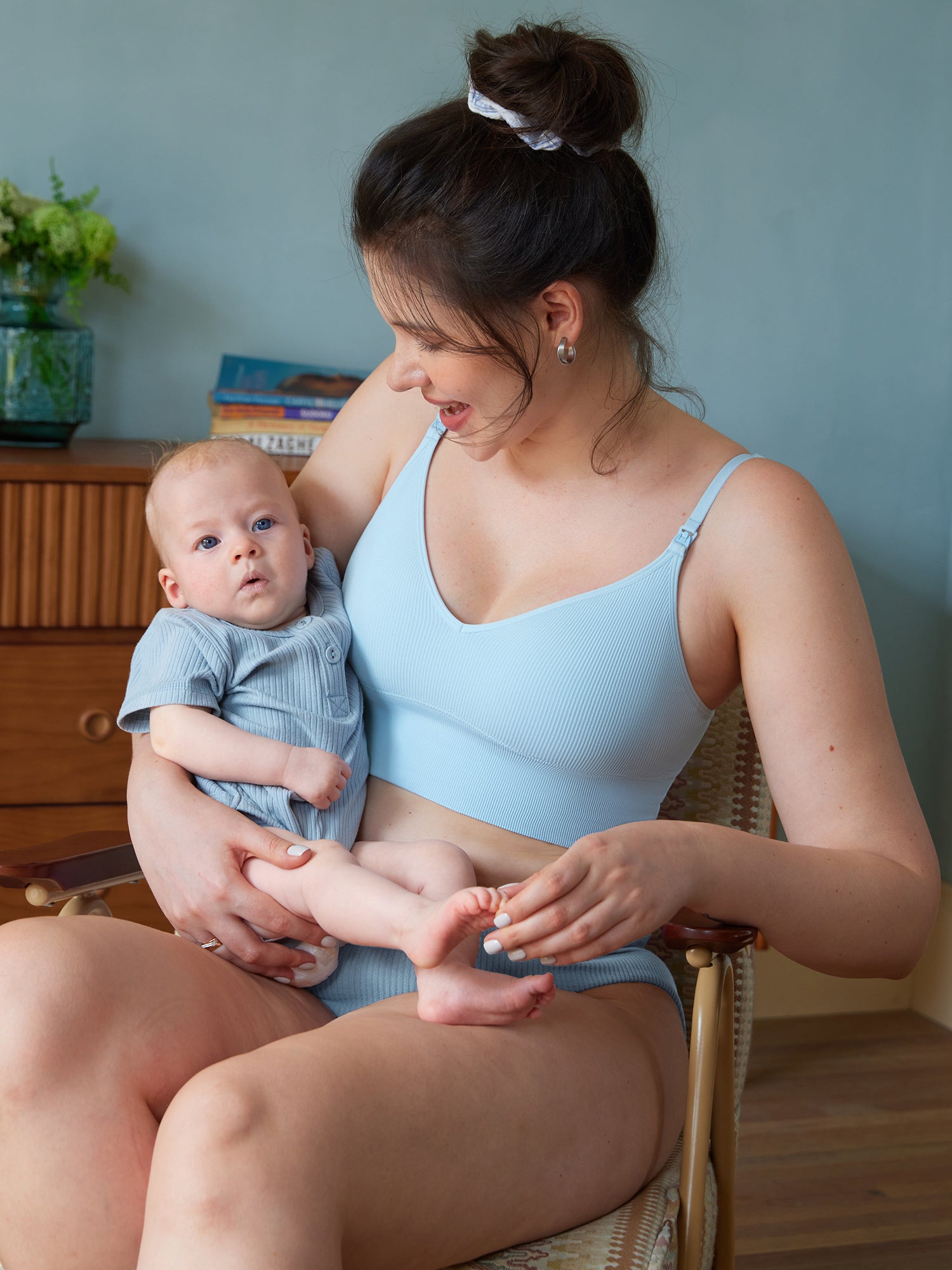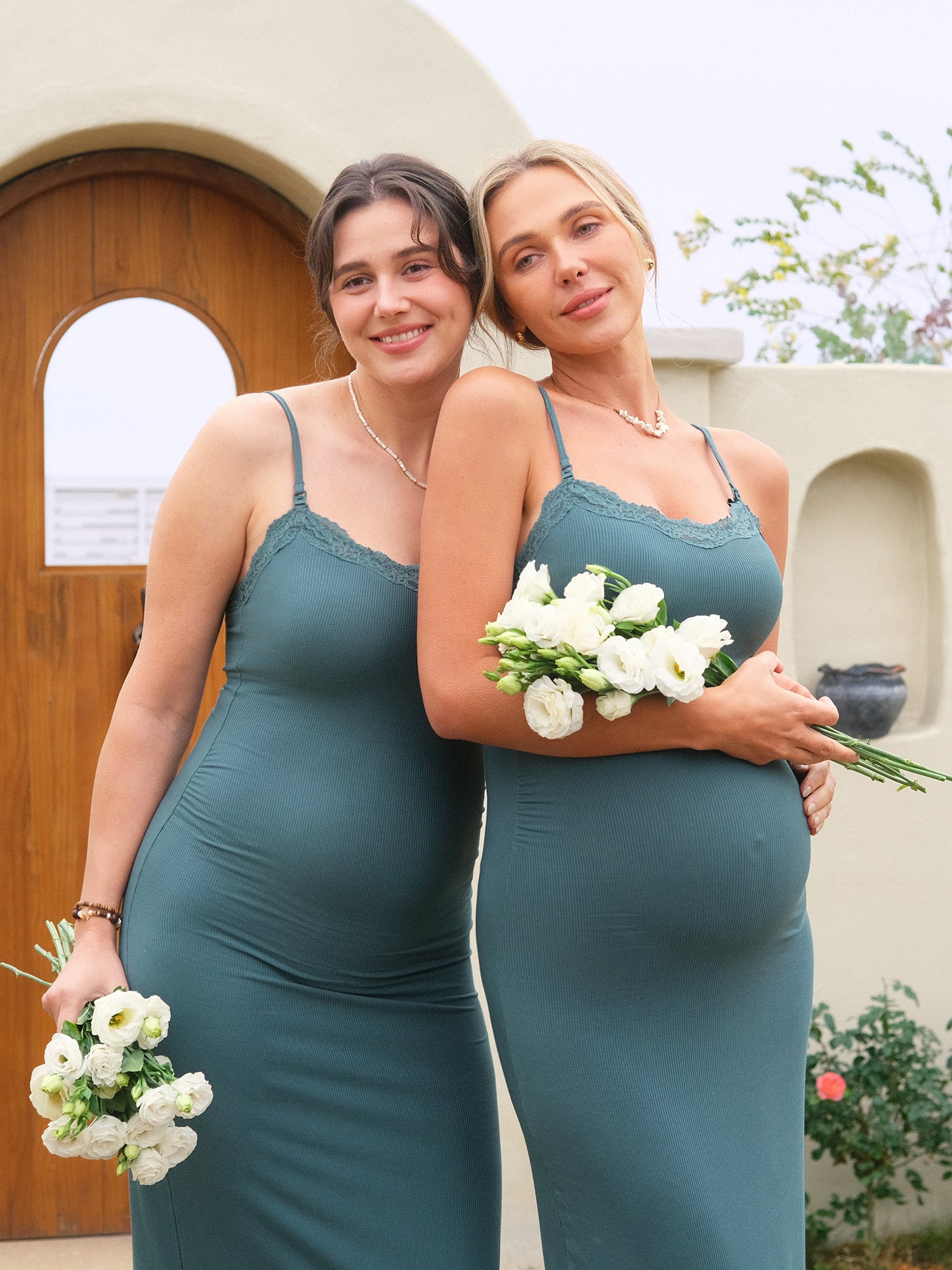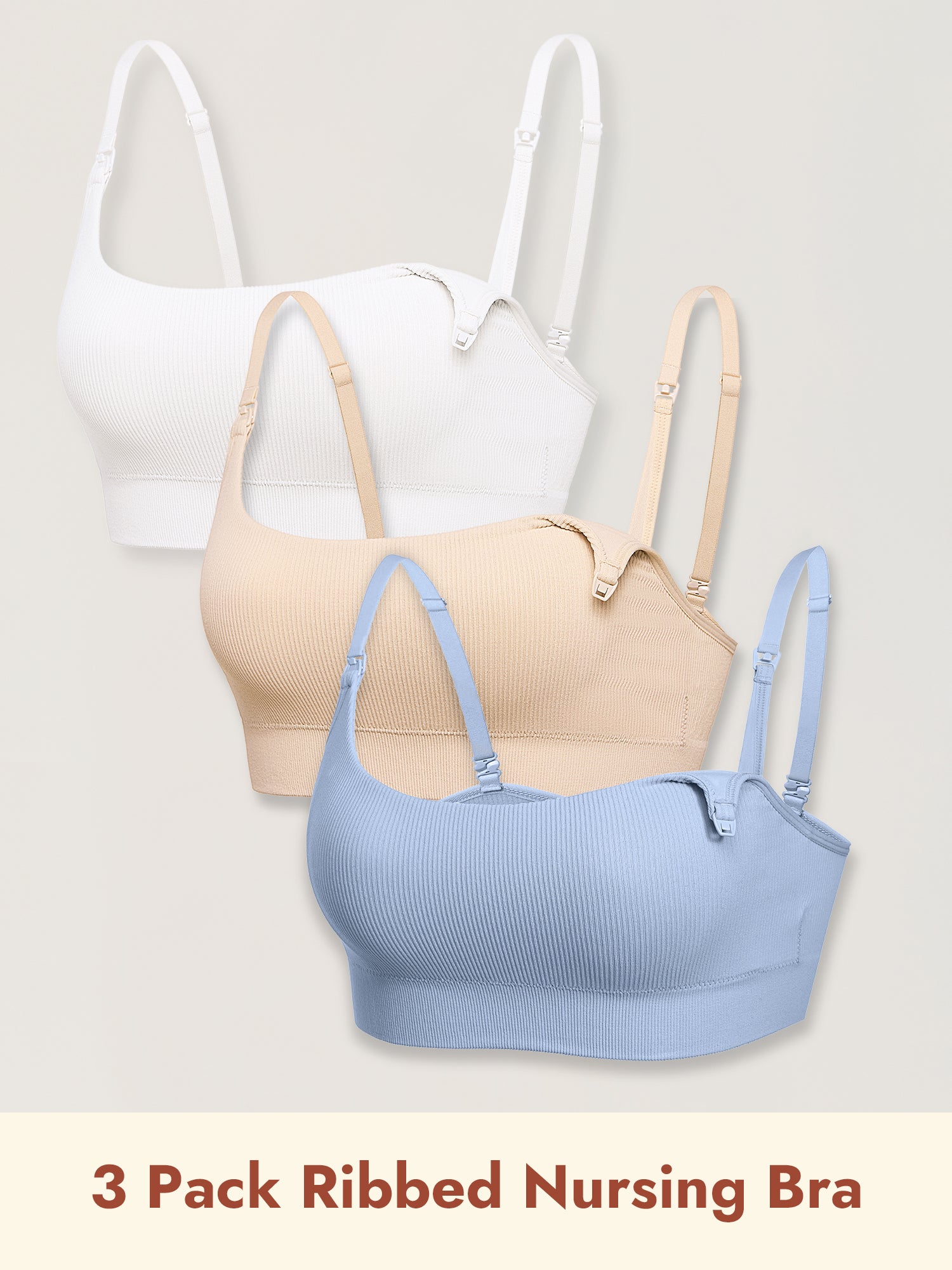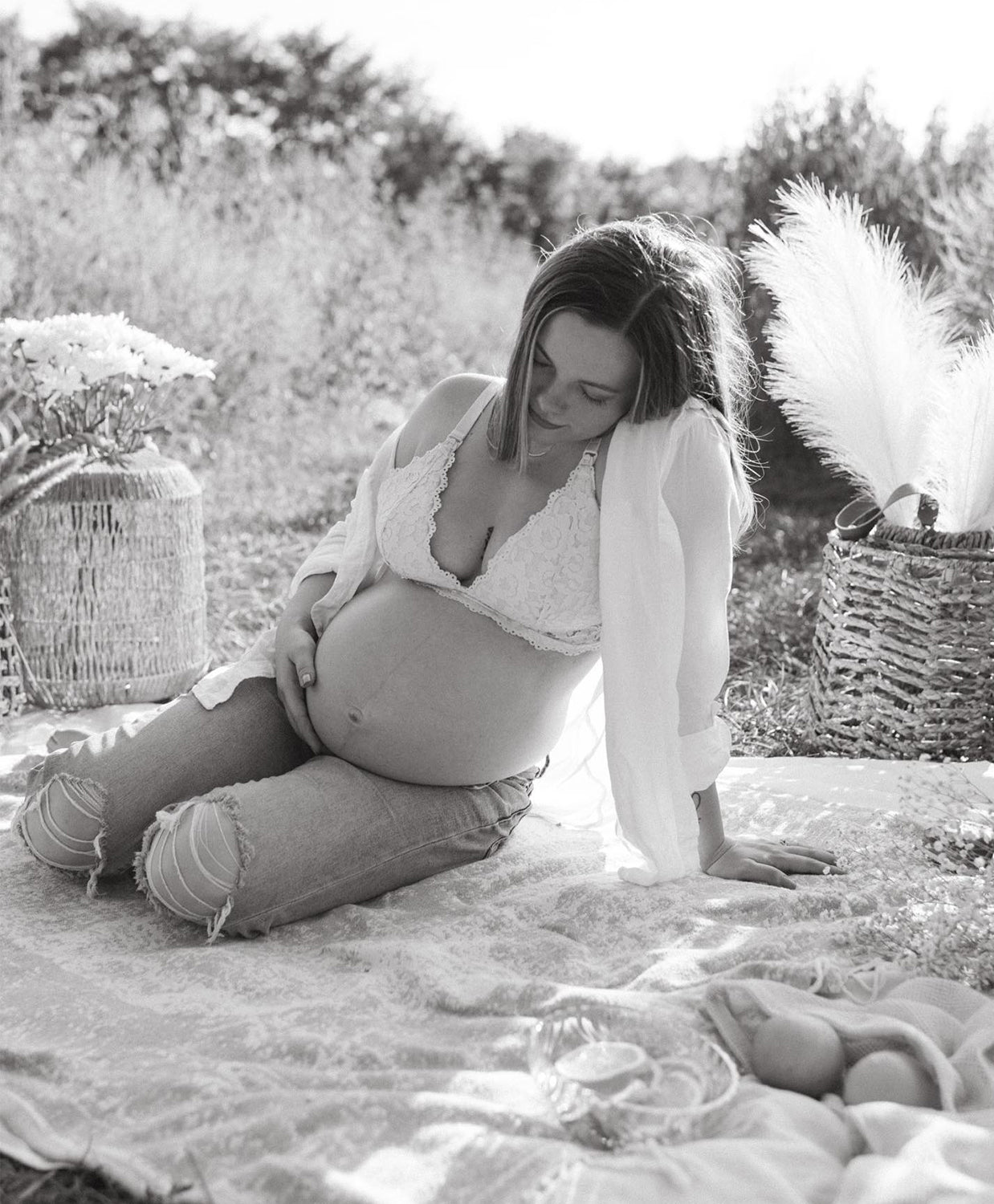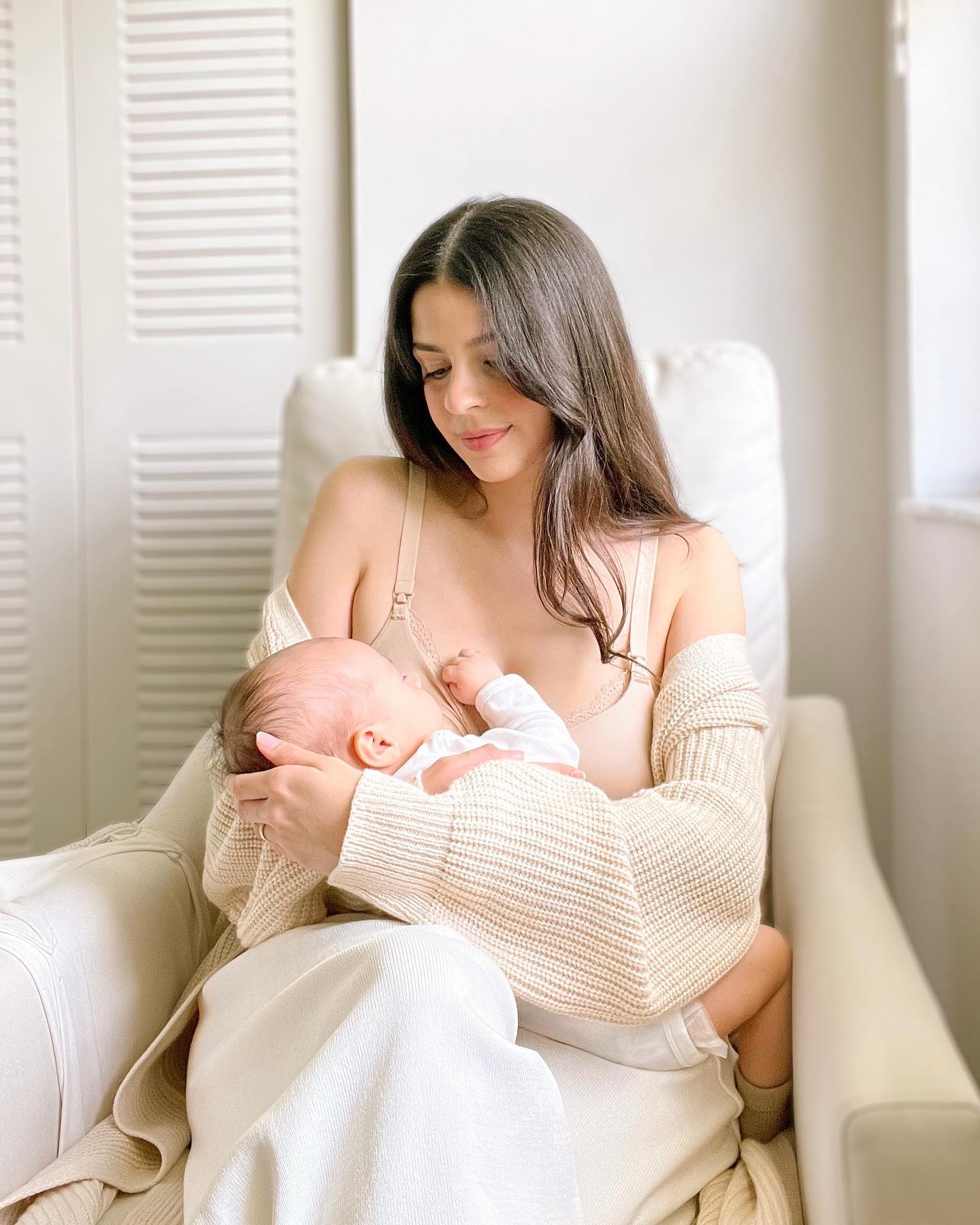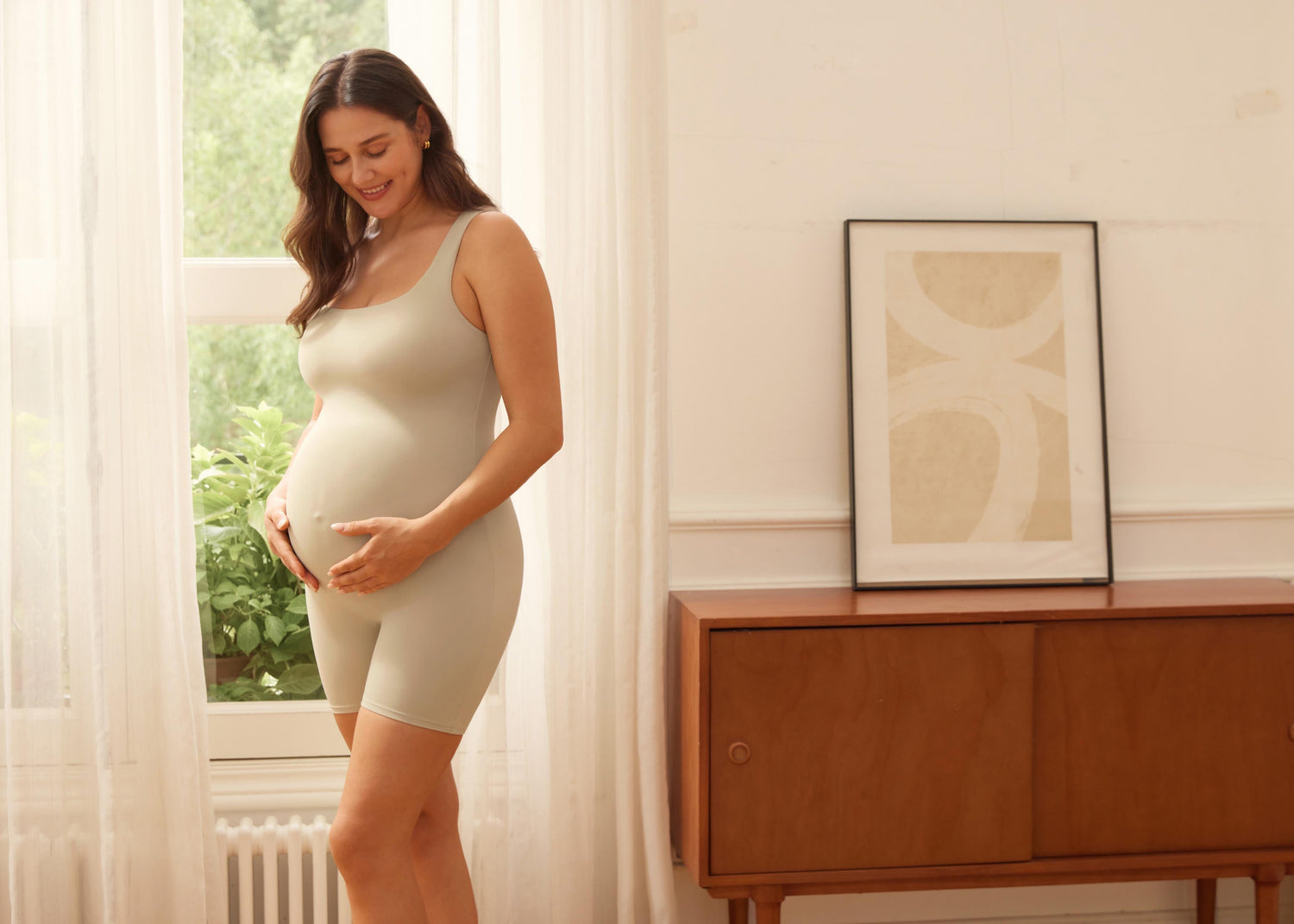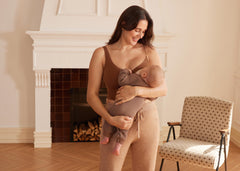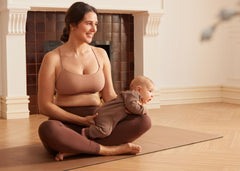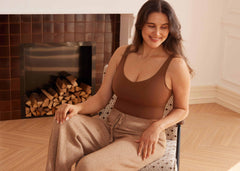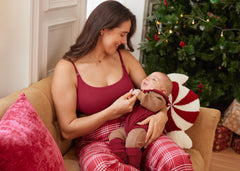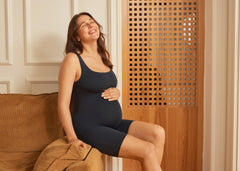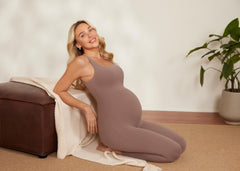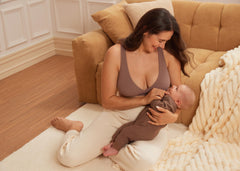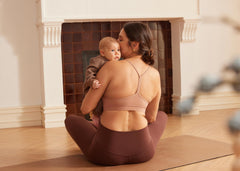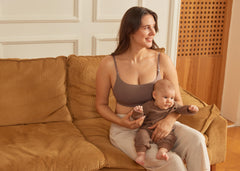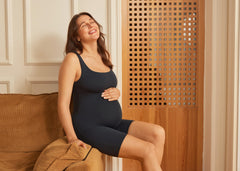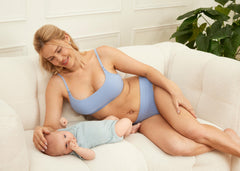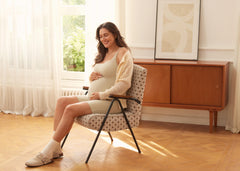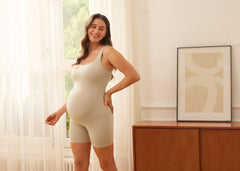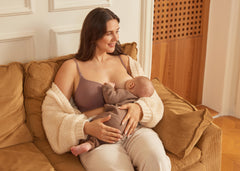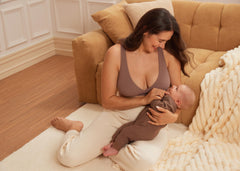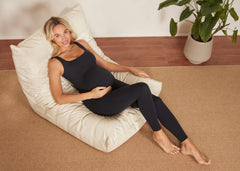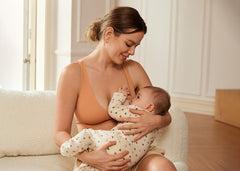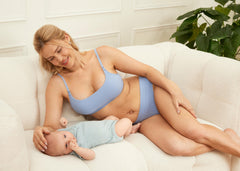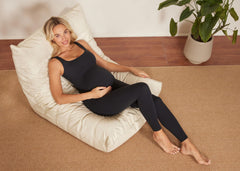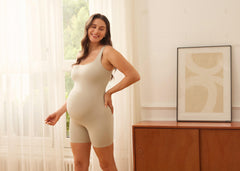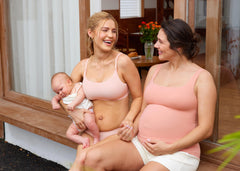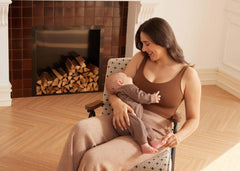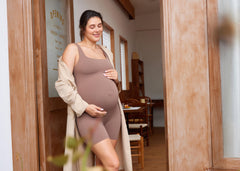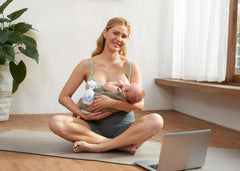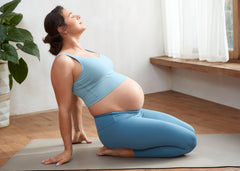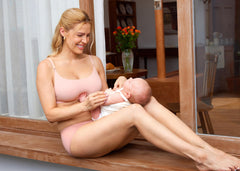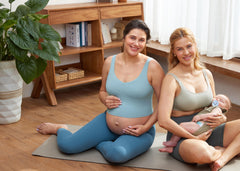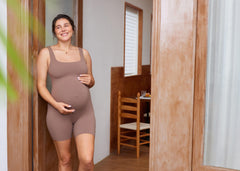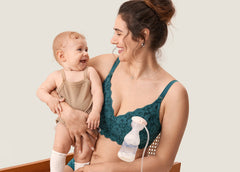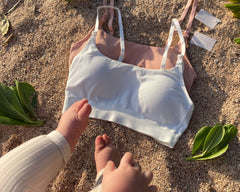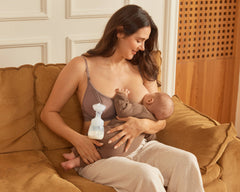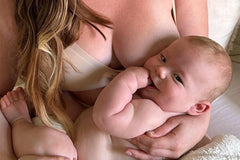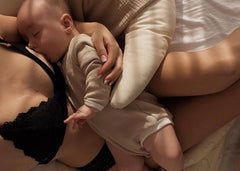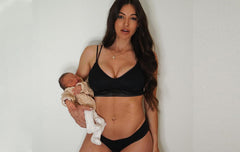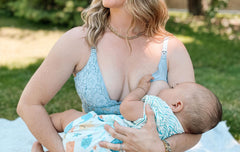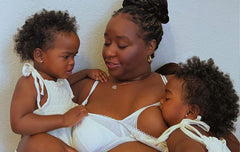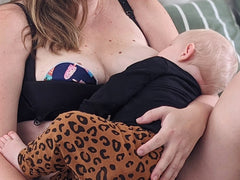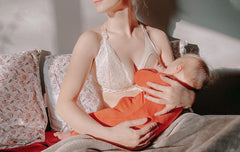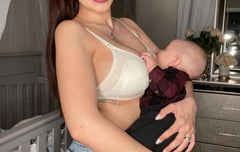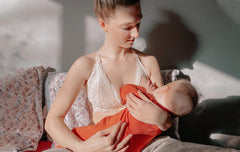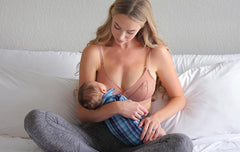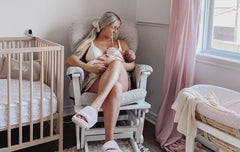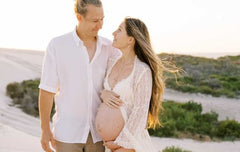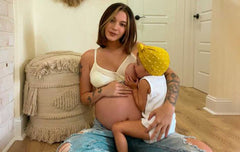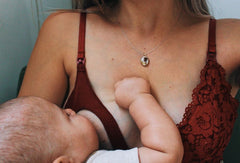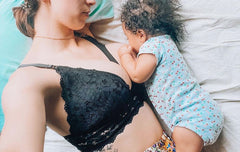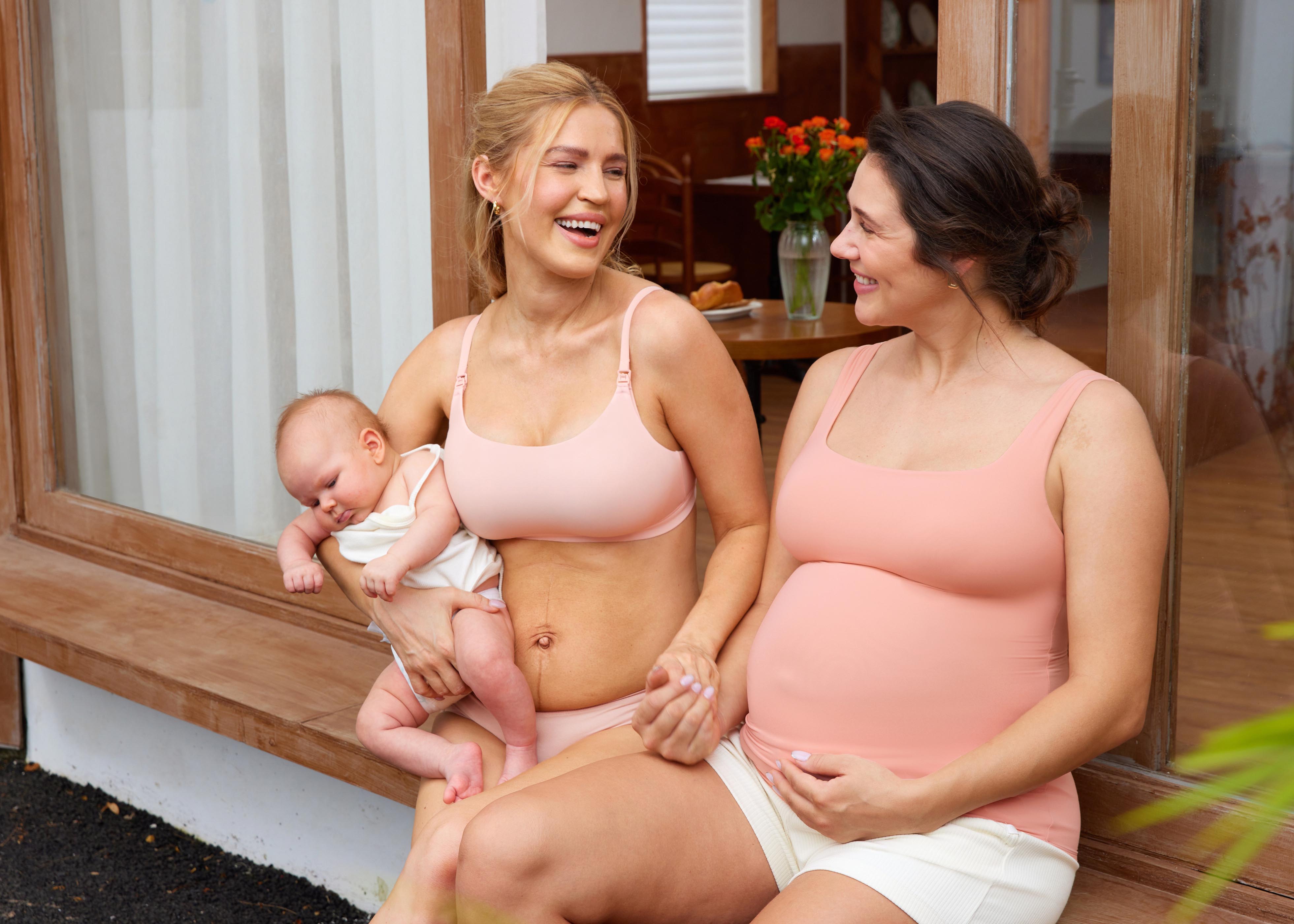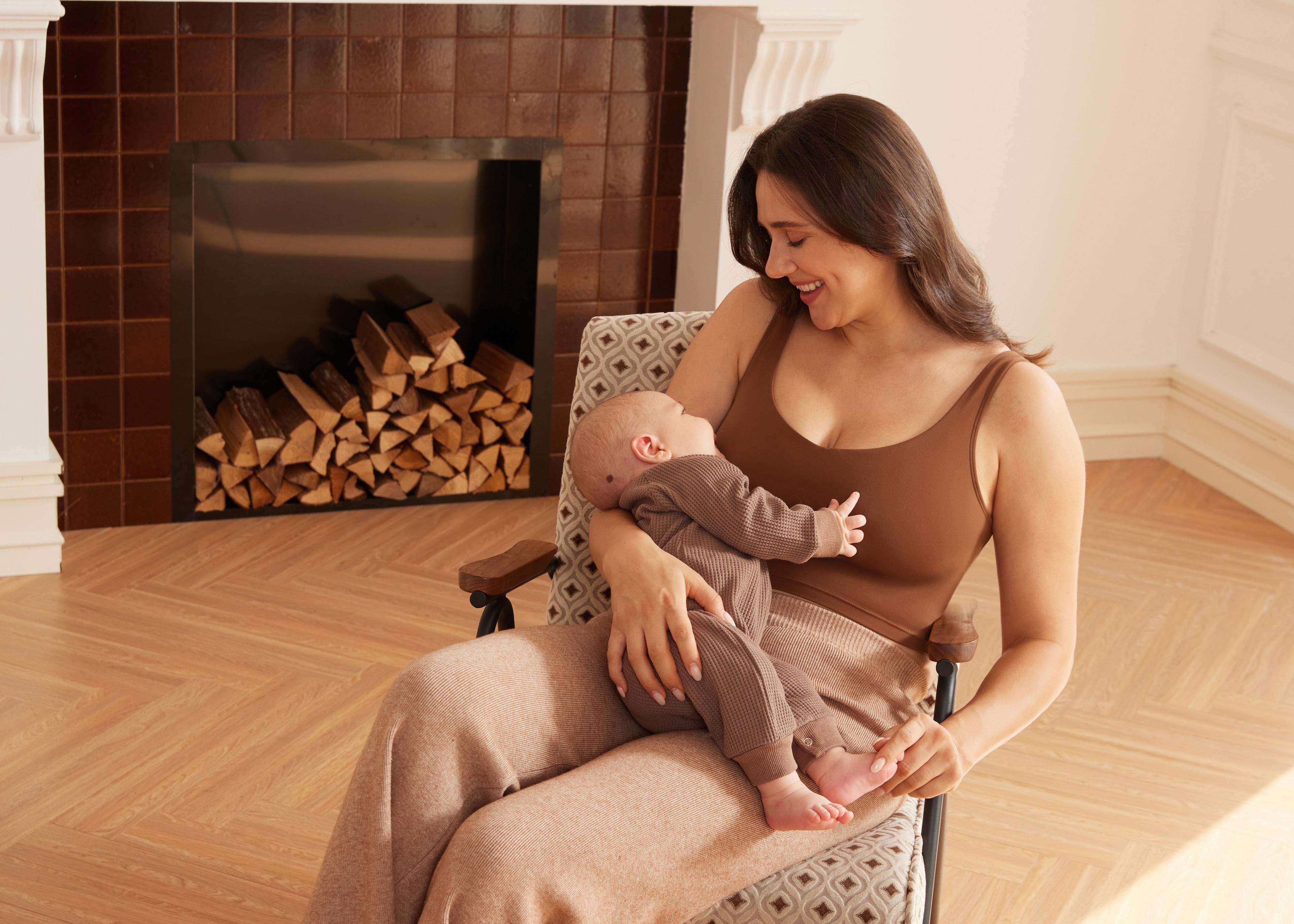When preparing for a newborn, a mother’s needs extend beyond just diapers, bottles, and clothing. Nursing bras are one of the most important items for new mothers, offering both comfort and practicality during the demanding early months of breastfeeding.
But how many nursing bras will a mother need in the first year? This question depends on a variety of factors, including the mother’s breastfeeding habits, comfort preferences, and how frequently bras need to be washed.
In this guide, we will break down the ideal number of maternity bras required, types to consider, and tips on how to make this essential purchase.
Why You Need Nursing Bras
A nursing bra is specially designed to provide support and convenience for mothers while breastfeeding. These bras feature easy access for nursing, eliminating the need to remove the bra entirely each time.
Unlike regular bras, nursing bras have removable cups or clips that allow quick and discreet breastfeeding in public or at home. Comfort is key, as a mother will likely wear these bras multiple times a day for extended periods, especially in the early months when breastfeeding is frequent.
How Many Nursing Bras Does a Mother Need in the First Year
While every mother’s situation is different, most experts recommend having at least 3 to 5 nursing bras to cover the first year. Here's why:
Frequent Washing: Nursing bras need to be washed regularly due to milk leakage, spills, and normal wear. Having a sufficient number ensures that you always have a clean one ready to wear.
Growth and Body Changes: During the first year, a mother’s body will experience significant changes, including fluctuations in breast size, especially in the first few months as milk production stabilizes.
Comfort Preferences: As comfort becomes a priority, different bras will cater to varying needs throughout the year. Some bras may be better suited for daytime wear, while others are more appropriate for sleeping or wearing overnight.
SEE ALSO How to Choose a Nursing Bra for Large Busts

How Many Nursing Bras Do You Really Need Each Month
First 3 Months
The first three months are often the most challenging for new mothers. Breastfeeding is frequent and irregular, and a mother’s body is still adjusting. During this period, you may need at least 3 nursing bras. This gives you enough options for both day and night, while allowing time for washing. Soft, comfortable nursing bras that provide gentle support are ideal for the initial phase when breasts are sore or swollen.
3 to 6 Months
By this stage, your milk supply is likely to stabilize. However, you may still experience milk leakage, especially during nursing sessions or while using a breast pump. You’ll likely need another 1 to 2 bras, bringing your total to around 4 to 6. Many mothers opt for underwire-free options in this period for added comfort, although some may switch to underwired bras for more support, especially if breastfeeding sessions become less frequent.
6 to 12 Months
As the baby begins to introduce solids and breastfeeding sessions become more spaced out, you may find that you can get away with fewer nursing bras. At this stage, you might only need 2 to 3 nursing bras, although additional nursing tank tops or sleep bras could be a good choice for nighttime comfort. This period is also an excellent time to experiment with breastfeeding bras that can transition into maternity bras for ultimate flexibility.
What Kinds of Nursing Bras Should You Try
Having the right variety of nursing bras can make a significant difference in comfort. Here are a few different types to consider:
-
Wireless Nursing Bras: These are ideal for mothers who prioritize comfort over structured support. They are great for lounging at home and getting a good night’s sleep.
-
Underwired Nursing Bras: If you require more support, especially if you have larger breasts, underwired bras can provide added lift and shaping.
-
Sports Nursing Bras: For mothers who want to stay active and maintain a workout routine, sports nursing bras provide both comfort and support during exercise.
-
Sleep Nursing Bras: These soft, comfortable bras are perfect for wearing at night to prevent leaks while sleeping.
-
Nursing Tank Tops: These are a practical, all-in-one solution, providing support and allowing discreet breastfeeding.
Other Things to Consider When Choosing Nursing Bras
Size and Fit
Your breasts will likely change in size frequently during the first year, especially in the first few months. Be sure to measure your size every few weeks to ensure that your bras still fit well. A properly fitting nursing bra will reduce discomfort and avoid skin irritation.
Fabric and Material
Opt for bras made of breathable, moisture-wicking fabrics such as cotton or bamboo. These materials help to prevent rashes, irritation, and excessive sweating, particularly during those early, sleepless months.
Ease of Use
Choose bras with easy-to-use clasps or cups that allow you to nurse your baby quickly and discreetly. Having a variety of easy to remove nursing bras can simplify the process during the day, especially when you're out in public or at work.
Conclusion
In the first year, most mothers will need 3 to 6 nursing bras, with some requiring more depending on their lifestyle, personal comfort, and breastfeeding habits. These bras not only support the physical demands of breastfeeding but also offer convenience and comfort during a time of major body changes. By choosing a mix of nursing bras suited to different activities—whether it’s sleeping, exercising, or going out—you’ll find that the right bras make the experience of breastfeeding much more manageable and enjoyable.
FAQs
How do I know if my nursing bra fits properly?
A well fitting nursing bra should provide support without being too tight or uncomfortable. The band should sit snugly around your ribcage, while the cups should provide full coverage without spilling over or gaping. If you experience discomfort, it's time for a fit check.
Can I use regular bras for nursing?
While you can technically use regular bras, they lack the convenient features of nursing bras, such as easy to use clips or cups. Specialized nursing bras are designed to make breastfeeding more convenient, and they usually offer more comfort and support.
Do I need different nursing bras for day and night?
Yes, many mothers find it helpful to have separate bras for day and night. Daytime bras often provide more structure and support, while nighttime bras focus on comfort and prevent leakage during sleep.
Read More
How to Prevent Breast Milk from Leaking at Night
How Long Is Breast Milk Good for in the Fridge

